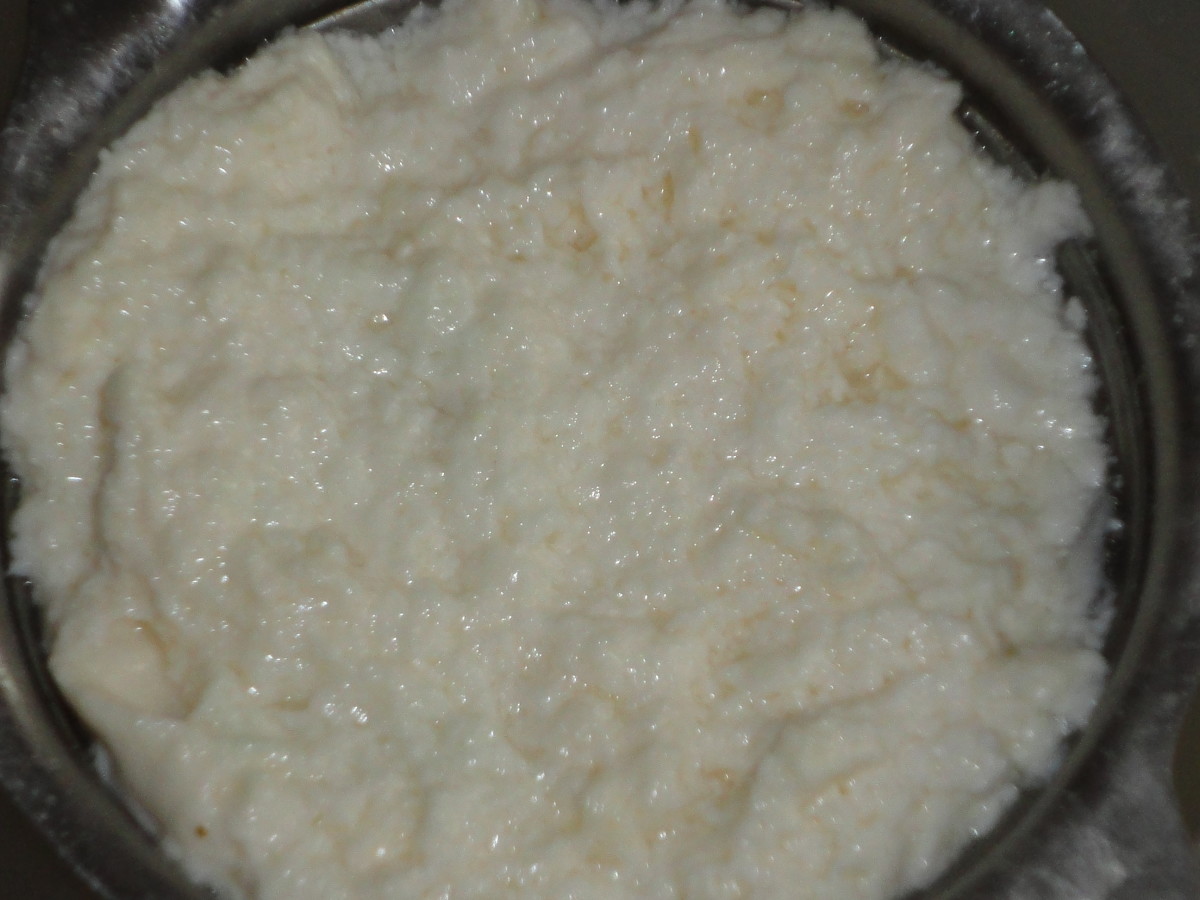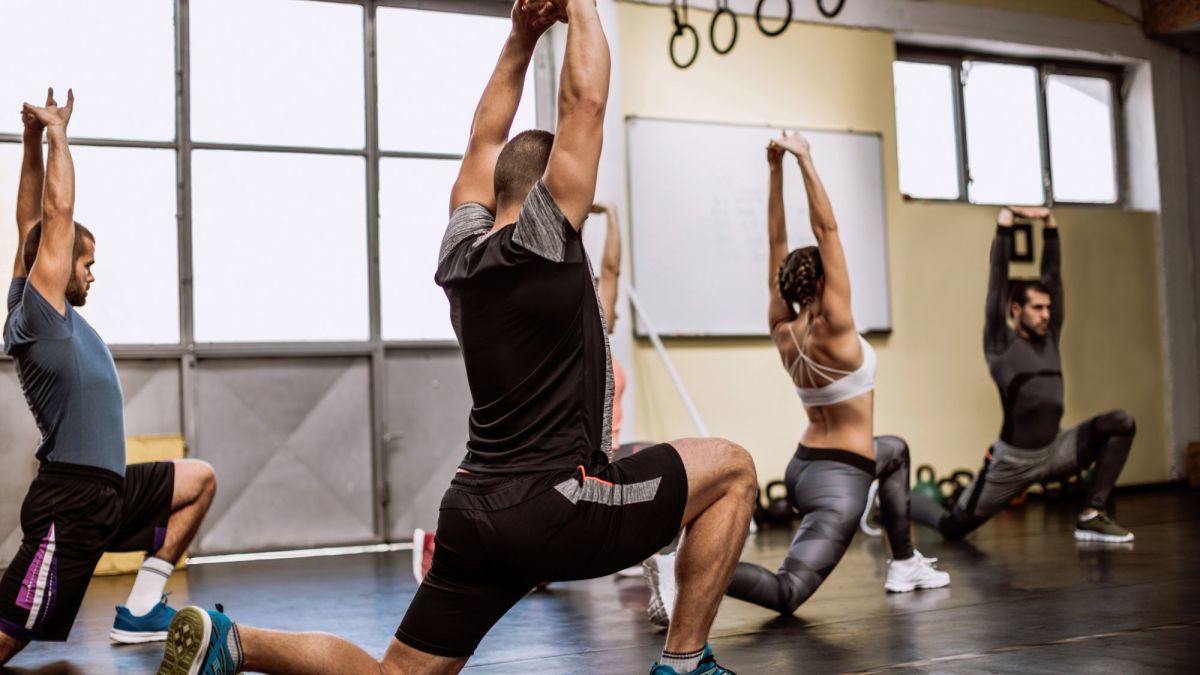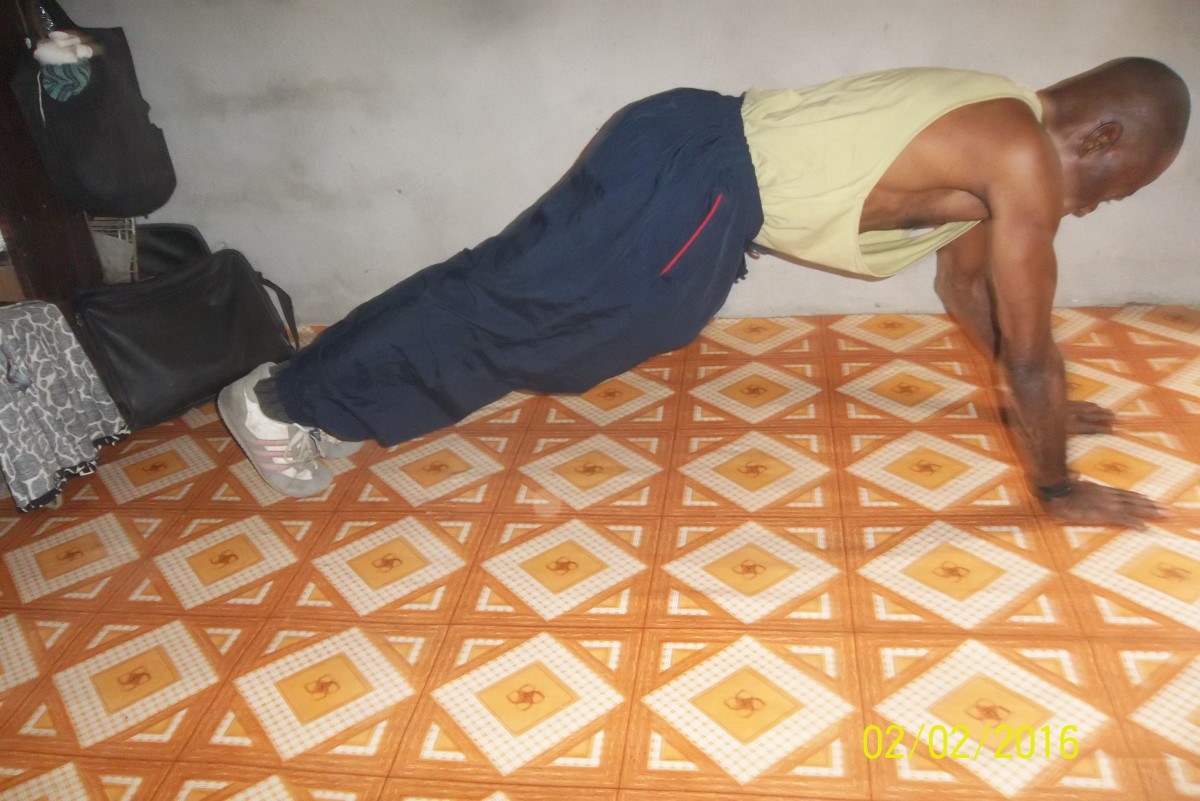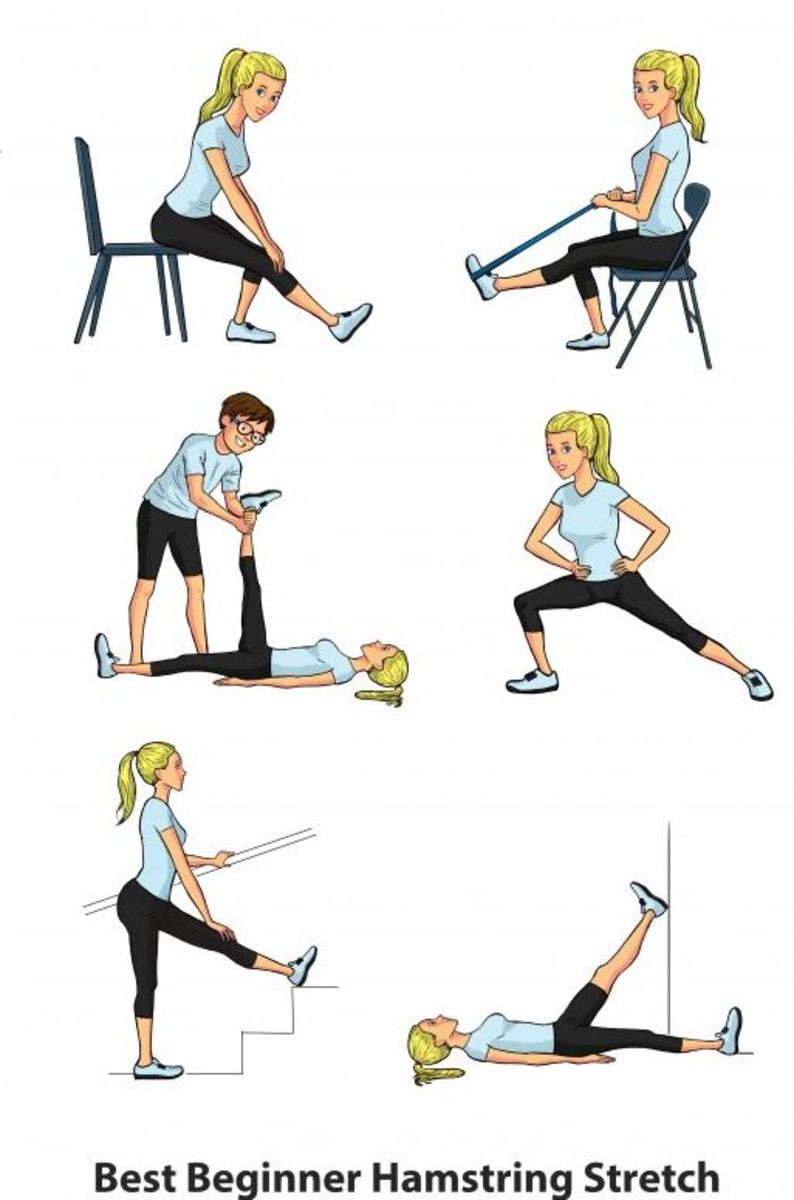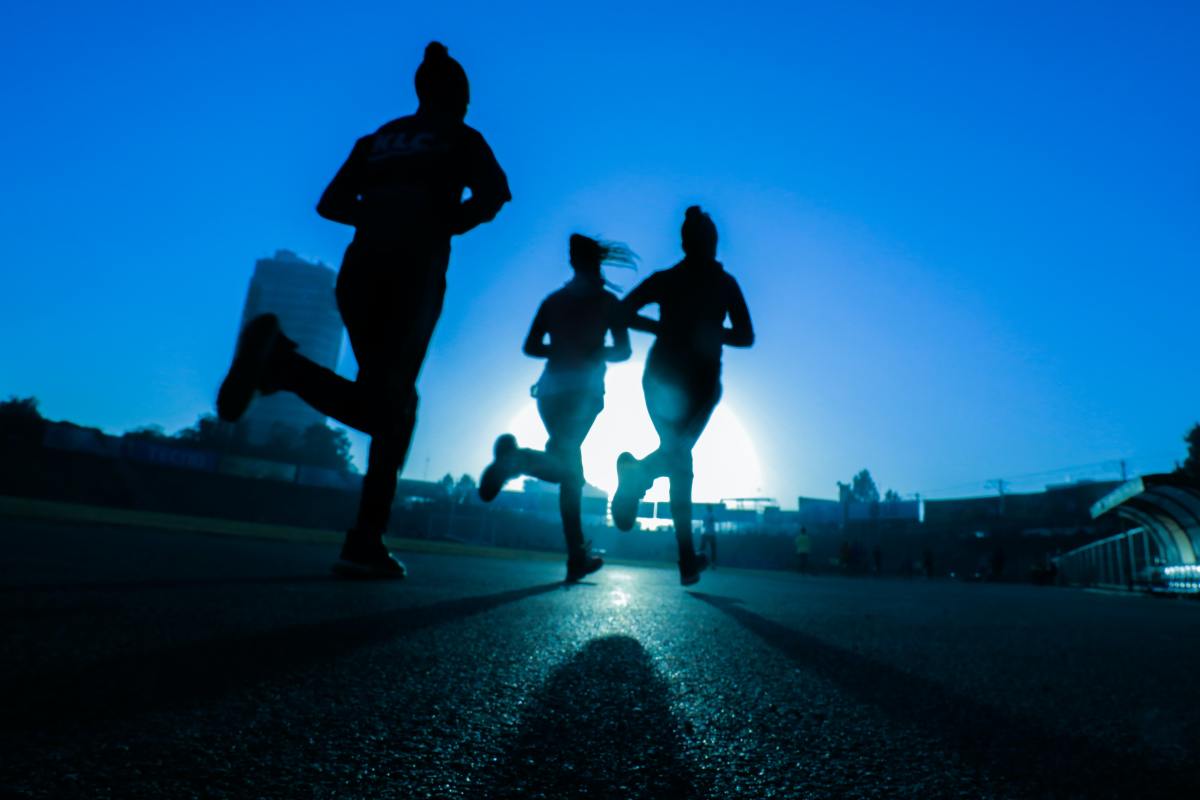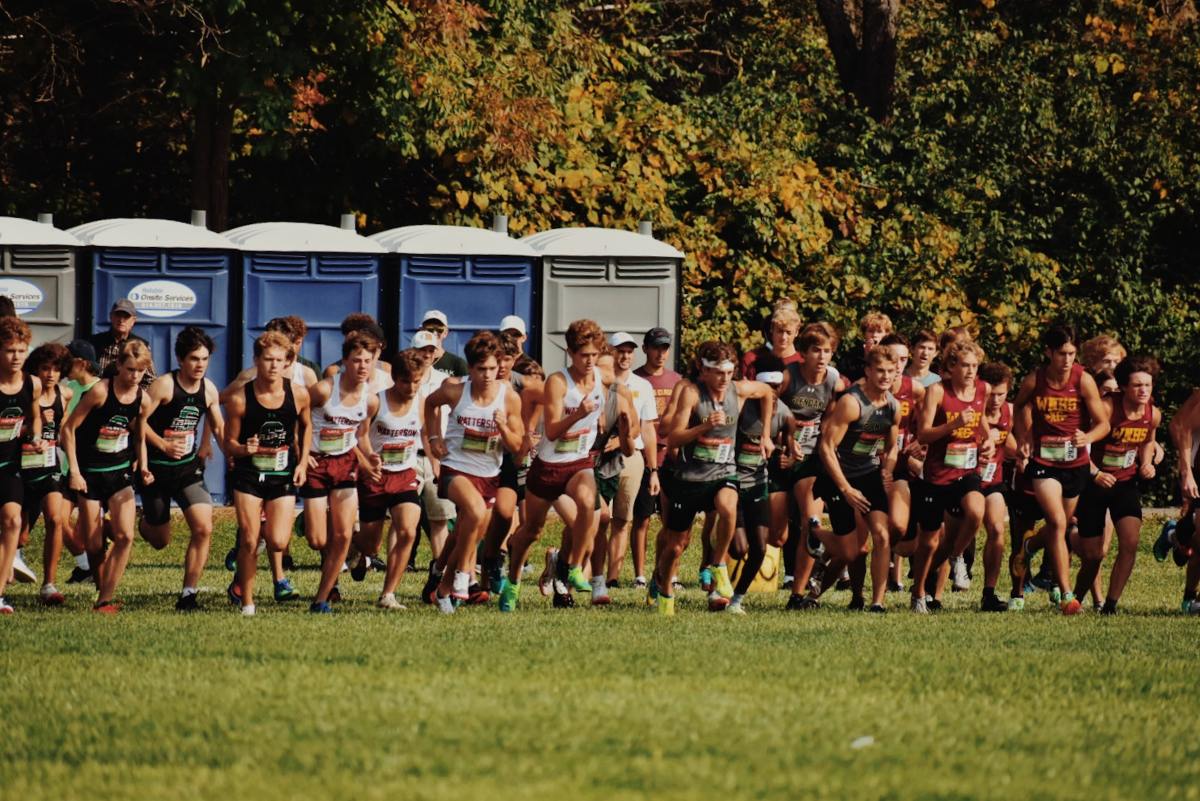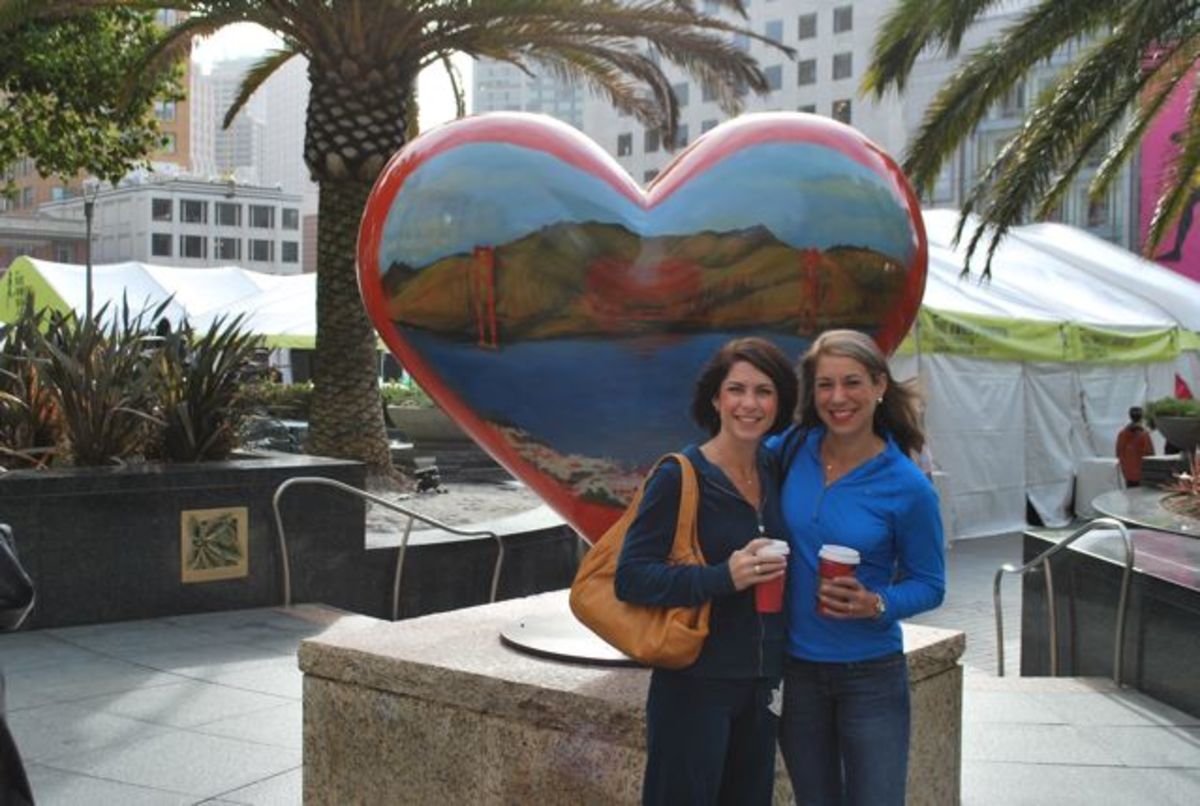How to Properly Stretch Before Running
Stretching before, and even after, a run is the essential part to a workout. Although most people stretch, not everyone stretches properly. The following will explain the lower extremities. Before explaining proper stretches, let’s explain the importance of stretching.
Stretching pulls muscles to loosen them up. This increases muscle flexibility, which will maximize stride and decrease the chance of injury. What most people don’t know is that stretching before and after a run will decrease lactic acid buildup in the muscles. Lactic acid is the substance which creates soreness and fatigue-like symptoms in the body.
Lactic acid is created when ATP (which is the energy your muscles use to move) is broken down for use. Basically, lactic acid is created every time you move a muscle, just in low amounts. After running for an hour, you have too much lactic acid in your body to convert and get rid of, so it will sit in your muscles and wait its turn to be converted.
With this newfound knowledge, hopefully you are inspired to stretch more. Follow these tips on stretching before a run.
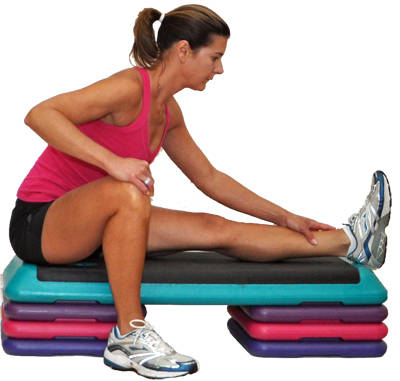
The first muscle to stretch is the hamstring (keep in mind there is no particular order). The hamstring is located on the posterior (or back) leg above the knee. It travels up to the glutes. There are two sufficient ways to stretch this muscle (actually, to stretch this group of muscles called the hamstring). The second way is by using a belt or rope. Lay supine (on your back) and put the rope or belt around a foot. Lift up your leg, keeping it as straight as possible, and pull back on the rope or belt. Hold for thirty seconds at least twice, both legs.
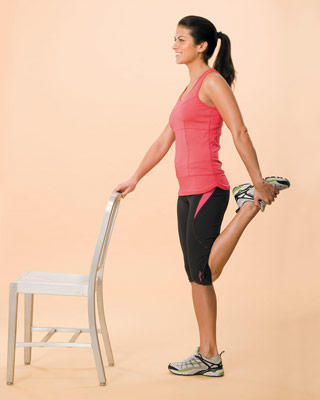
The next muscle to stretch is the quadriceps, or quads. The quads are made up of four main muscles, obviously: rectus femoris, vastus medialis, vastus lateralis, and the vastus intermedialis. All four will be stretched sufficiently by the following method. Stand up perfectly straight and curl a leg toward your body. Grab your foot and pull it as close to your glute as possible. After that, use your other hand and grab the same foot as well. If your foot is touching the glute and the stretch is still not strong enough, no worries. You are just flexible. Lean back a bit and you will feel it. Hold for thirty seconds at least twice on both legs.
Sometimes less flexible individuals, or people with back pain, cannot grab the foot. No worries. Either use a strap to pull the foot up (throw the strap over your shoulder and pull it down), or use the table method. Curl your foot onto a low-lying table and rest it there. Bend your opposite knee, thus squatting (you will be going lower to the ground). This will gradually move your foot to your glute.
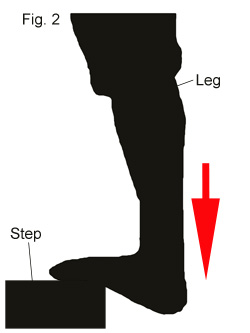
Another muscle to stretch is the calf. The calf is located on the posterior leg, between the knee and ankle. The easiest way to stretch a calf is by using a slantboard (or calfboard). Place a flat, stable board on a 45 degree angle against a wall. Stand on the board, knees buckled. Now just simply move your hips forward and you will feel the stretch.
Another way is to use a staircase. Hang your heels off a stair step and hold for thirty seconds, three times. Be sure to keep your knees buckled and hold onto something for balance.
There are the three main muscles to be sure to stretch. Some other muscles in the lower extremity are covered in other articles.


